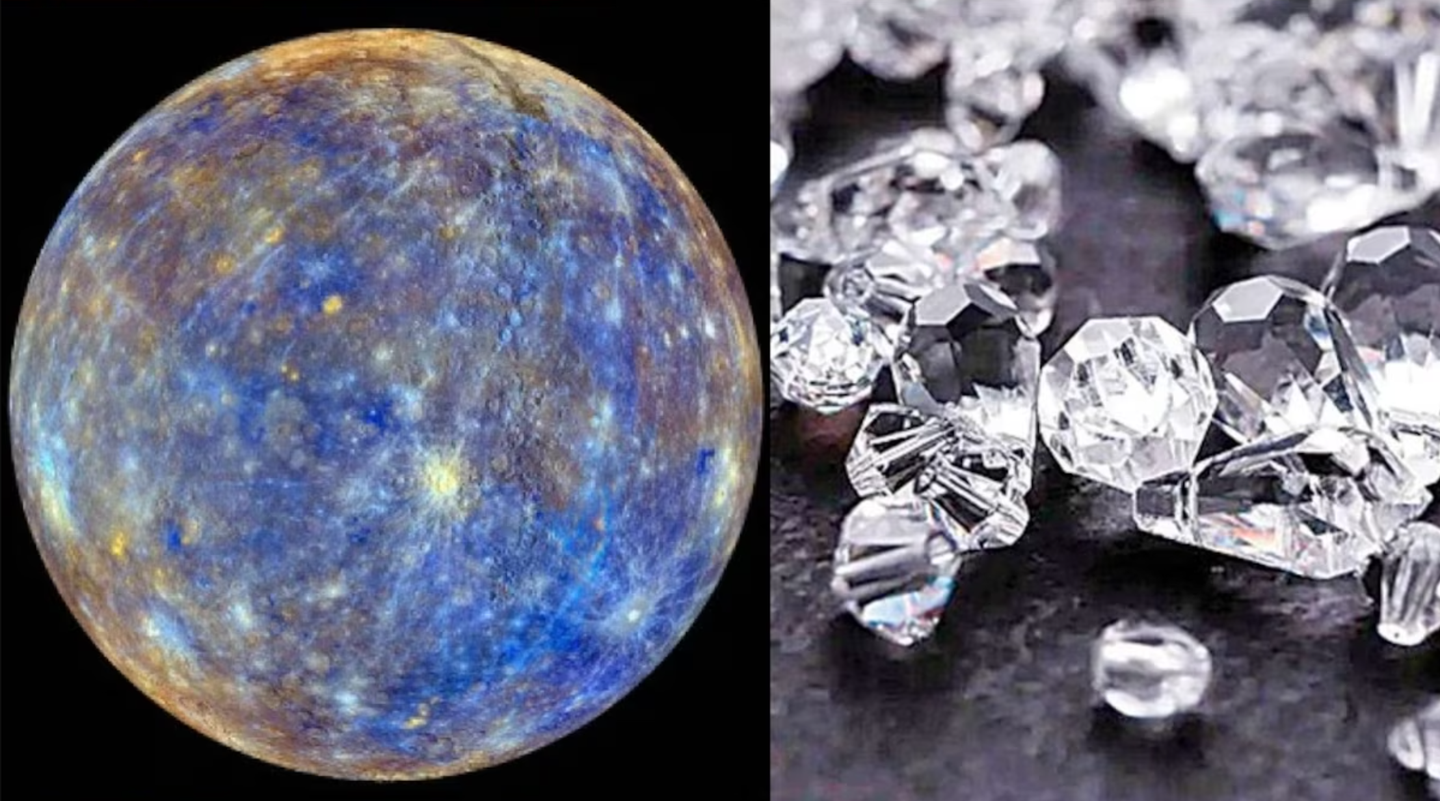Quantum breakthrough: Researchers successfully freeze light in its tracks
Research demonstrates a novel technique to bring light waves to a complete standstill by deforming a two-dimensional photonic crystal.

Research demonstrates a novel technique to bring light waves to a complete standstill by deforming a two-dimensional photonic crystal. (CREDIT: JFC)
Researchers from AMOLF, in collaboration with Delft University of Technology, have achieved a significant breakthrough in manipulating light at the nanoscale. Their work, published in Nature Photonics, demonstrates a novel technique to bring light waves to a complete standstill by deforming a two-dimensional photonic crystal.
This finding, achieved independently by a team at Pennsylvania State University published in the same journal, holds immense potential for the development of nanophotonic devices.
The Challenge: Controlling Light Like Electrons
Manipulating the flow of light in materials at small scales is crucial for creating efficient nanophotonic chips, the building blocks for future optical devices. In the realm of electronics, scientists can control the movement of electrons using magnetic fields.
Electron microscopy image of a photonic crystal. The diameter of the triangular holes is 300 nanometer. The curvature of the crystal array stops the light waves in the crystal from moving. (CREDIT: AMOLF)
The Lorentz force, exerted by the magnetic field, dictates the electron's trajectory. However, this approach is inapplicable to photons – the fundamental particles of light – as they lack an electrical charge.
The Photonic Forces group at AMOLF has been exploring alternative techniques and materials to exert a "magnetic field-like" influence on photons. Lead researcher Ewold Verhagen explains, "We drew inspiration from how electrons behave in materials. In a conductor, electrons are free to move, but an external magnetic field can halt this motion. The resulting circular path the electrons take stops conduction, forcing them to exist at specific energy levels called Landau levels. This phenomenon is a hallmark of electrons in a magnetic field."
Related Stories
Verhagen continues, "Interestingly, in a two-dimensional material like graphene, a single layer of carbon atoms arranged in a honeycomb lattice, these Landau levels can also arise without a magnetic field. While pristine graphene is an excellent conductor, stretching it like a rubber band disrupts the crystal structure and transforms it into an insulator. This deformation traps electrons at specific energy levels, mimicking the effect of a magnetic field. We wondered if a similar approach could be applied to photons."
Photonic Crystals: A Platform for Light Manipulation
Through a collaboration with Kobus Kuipers of Delft University of Technology, Verhagen's group successfully demonstrated an analogous effect for light within a photonic crystal.
"A photonic crystal is typically a two-dimensional array of holes etched into a silicon layer," explains René Barczyk, the first author and recent PhD graduate from AMOLF. "Light can propagate freely through this material, similar to how electrons move in graphene. However, by meticulously disrupting this regularity, we can deform the crystal structure and confine the photons. This essentially creates Landau levels for light."
Within these Landau levels, light waves cease to propagate; they become stationary within the crystal. The researchers confirmed this phenomenon, demonstrating that the deformed crystal has a similar effect on photons as a magnetic field on electrons.
Verhagen elaborates, "By manipulating the deformation pattern, we can even generate various types of effective magnetic fields within the same material. This allows for selective movement of light in specific regions of the crystal, offering new avenues for controlling light on a chip."
Simultaneous Discoveries Pave the Way for Future Applications
The research by Verhagen's group was inspired by theoretical predictions from researchers at Pennsylvania State University and Columbia University.
Verhagen recounts, "During our initial measurements, I had the opportunity to discuss our work with one of the authors from the other study. Upon learning of their efforts to achieve the same effect experimentally, we decided to collaborate and submit our findings simultaneously. While the approaches differed slightly, both teams successfully stopped light waves and observed Landau levels by deforming a two-dimensional photonic crystal."
This achievement brings significant potential for on-chip applications, as Verhagen emphasizes, "The ability to confine and halt light at the nanoscale can significantly enhance its intensity. This wouldn't be limited to a single location but achievable across the entire crystal surface. Such concentrated light is essential for nanophotonic devices, paving the way for efficient lasers and quantum light sources."
Chiral edge states through inhomogeneous PMFs. (CREDIT: Nature Photonics)
The successful manipulation of light using a "magnetic field-like" approach in photonic crystals opens exciting possibilities for the future of nanophotonics.
With further research, this technology has the potential to revolutionize various fields, from optical communication to quantum computing.
For more science and technology stories check out our New Innovations section at The Brighter Side of News.
Note: Materials provided above by The Brighter Side of News. Content may be edited for style and length.
Like these kind of feel good stories? Get the Brighter Side of News' newsletter.



